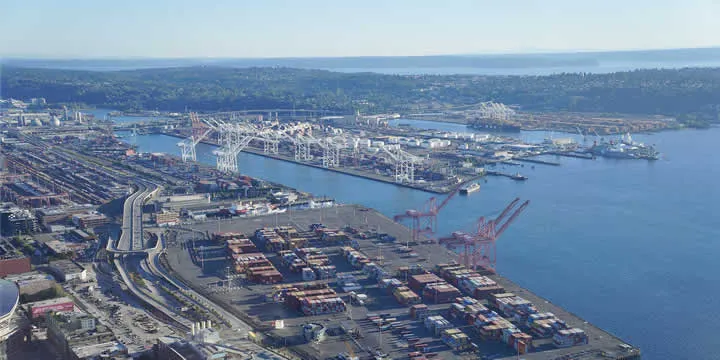When Mr. Gu first heard that Huizhou enterprises could reduce costs by 30% through Bangladesh re-export trade, he thought it was a fantasy. However, three months later, his hardware accessories were re-exported to Europe via Chittagong Port, not only avoiding high tariffs but also unexpectedly opening up the South Asian market. What business logic lies behind this? Today, we will unveil this "circuitous tactic" of cross-border trade.
Why Choose Bangladesh for Re-export?

Mr. Gu, who is engaged in foreign trade in Huizhou, recently noticed that her peers are frequently mentioning the keyword "Bangladesh re-export". As one of the least developed countries in the world, Bangladesh enjoys Generalized System of Preferences (GSP) treatment from 56 countries, including the EU and Japan, with tariff reductions of up to 97% for some goods. By first exporting garments and electronic products manufactured in Huizhou to Bangladesh, and then re-exporting them under the name of "Made in Bangladesh", enterprises can gain three key advantages:
- Direct reduction in tariff costs: Garment tariffs for the European market drop from 12% to 0%
- Breakthrough in quota restrictions: Circumventing import restrictions on specific Chinese goods
- Logistics hub advantage: Chittagong Port handles 90% of the world's re-export cargo
Practical Approaches for Huizhou Enterprises
In actual operation, Huizhou enterprises typically adopt two models:
- Light-asset cooperation: Partnering with local Bangladeshi trading companies holding "certificates of origin" and paying a service fee of 3-5%
- Heavy-asset layout: Establishing assembly workshops in Chittagong Free Trade Zone to complete the final processes and meet rules of origin requirements
It is worth noting that Bangladesh has clear value-added requirements for re-export trade: general goods require over 35% local value addition, while electronic products require the completion of the last three processes. Zhongmaoda trade consultants suggest that enterprises can meet the standards by procuring local packaging materials or adding simple assembly processes.
Three Major Risks That Must Be Wary Of

Last year, a Huizhou enterprise had an entire container of goods detained by EU customs due to document flaws, incurring losses exceeding 2 million yuan. Common risk points in re-export trade include:
- Fraudulent certificates of origin: Some intermediaries in Bangladesh offer "certificate fraud" services
- Doubled logistics time: Congestion at Chittagong Port may lead to delivery delays
- Dual quality inspection standards: Requirements must be met for both Chinese export and Bangladesh re-export
Professional prior due diligence can mitigate 80% of the risks. Enterprises are advised to request the following three core documents from their partners: Bangladesh tax registration certificate, on-site factory video, and past customs clearance records.
The Window Period for the Next Three Years
As Bangladesh is expected to graduate from the list of least developed countries in 2026, its tariff preferences will gradually be phased out. However, the current period is a golden window of opportunity:
- There are 5 direct sea freight services per week from Huizhou to Chittagong
- The Bangladeshi government has launched a "Re-export Trade Acceleration Program"
- The Guangdong-Hong Kong-Macao Greater Bay Area has 12 professional service providers offering end-to-end solutions
As you read this article, some Huizhou enterprises may have already secured million-dollar orders through re-export trade. This seemingly complex trade model is essentially just an extra "port stop", yet it could become a golden key to unlocking new markets. Have you considered this "roundabout" trade strategy? Feel free to share your insights in the comments section.

Recent Comments (0) 0
Leave a Reply